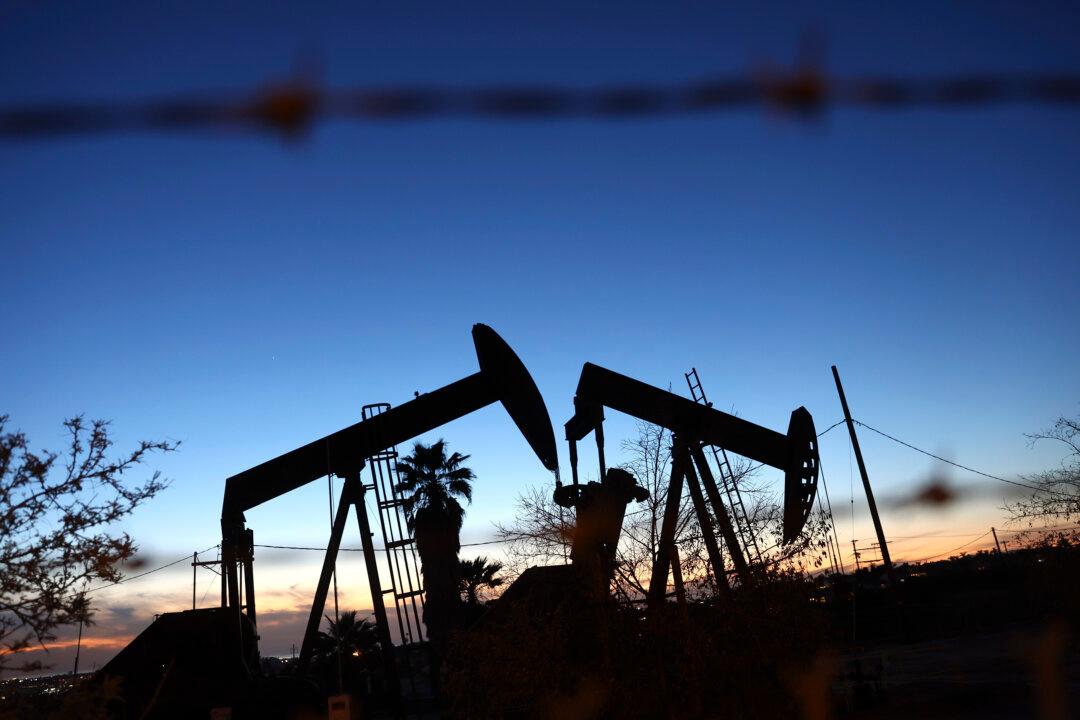U.S. crude oil prices headed toward $90 a barrel in the middle of the trading week after three major industry reports verified supply deficit concerns.
West Texas Intermediate (WTI) crude futures firmed above $89 per barrel on Sept. 13 on the New York Mercantile Exchange, adding to their year-to-date gain of nearly 11 percent. Over the last three months, the U.S. benchmark has soared about 30 percent.





